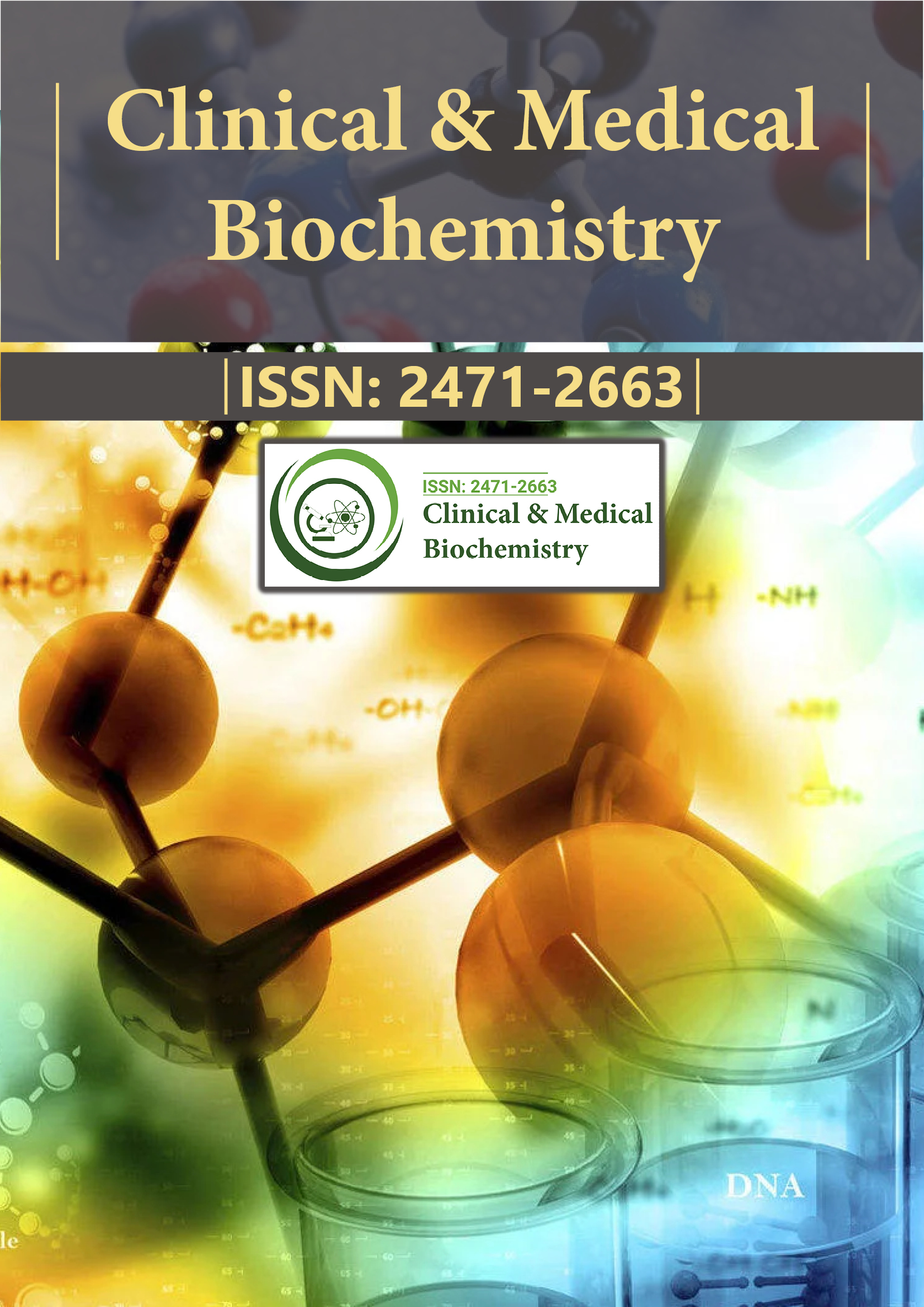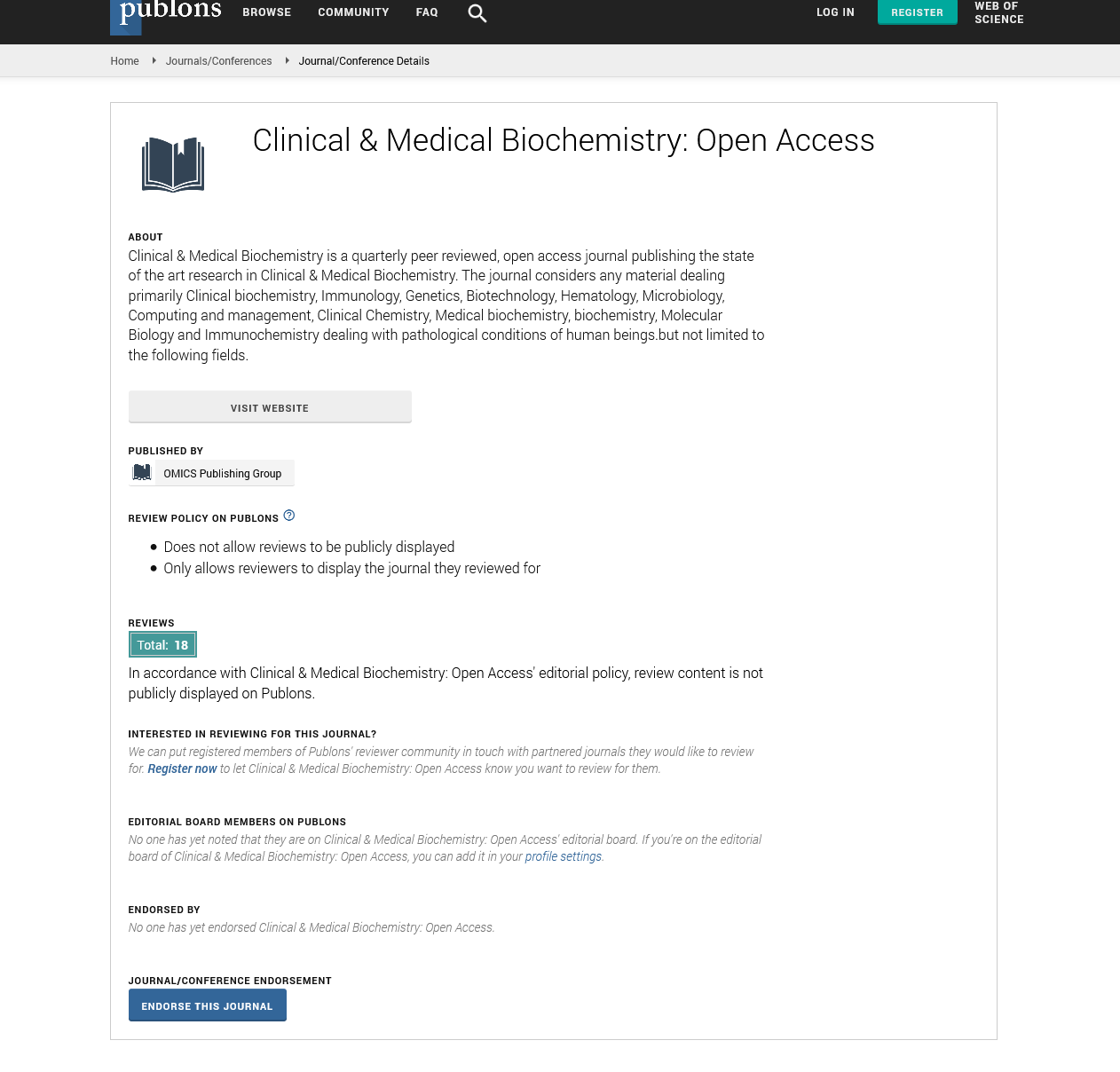Indexed In
- RefSeek
- Directory of Research Journal Indexing (DRJI)
- Hamdard University
- EBSCO A-Z
- OCLC- WorldCat
- Scholarsteer
- Publons
- Euro Pub
- Google Scholar
Useful Links
Share This Page
Journal Flyer

Open Access Journals
- Agri and Aquaculture
- Biochemistry
- Bioinformatics & Systems Biology
- Business & Management
- Chemistry
- Clinical Sciences
- Engineering
- Food & Nutrition
- General Science
- Genetics & Molecular Biology
- Immunology & Microbiology
- Medical Sciences
- Neuroscience & Psychology
- Nursing & Health Care
- Pharmaceutical Sciences
Opinion Article - (2024) Volume 10, Issue 3
Cell Signaling in Immune Response: Mechanisms and Modulation
Amelia Grace*Received: 28-Aug-2024, Manuscript No. CMBO-24-26869; Editor assigned: 30-Aug-2024, Pre QC No. CMBO-24-26869 (PQ); Reviewed: 13-Sep-2024, QC No. CMBO-24-26869; Revised: 20-Sep-2024, Manuscript No. CMBO-24-26869 (R); Published: 27-Sep-2024, DOI: 10.35841/2471-2663.24.10.224
Description
Cell signaling plays an essential role in the immune response, regulating how immune cells identify, respond to and resolve challenges including infections and injured tissues. This process requires complex networks of signaling pathways that allow cells to communicate and provide a coordinated immune response. The immune response begins when immune cells recognize antigen molecules found on infections or abnormal cells. This recognition usually involves cell surface receptors that bind to specific antigens, initiating a chain of signals within the cell. Toll-Like Receptors (TLRs) are one of the primary receptors involved in this process and are found on a variety of immune cells, including macrophages and dendritic cells.
TLRs recognize patterns common to many pathogens, known as Pathogen-Associated Molecular Patterns (PAMPs), leading to the activation of secondary signaling pathways. Upon activation, TLRs activate a series of intracellular events that involve adaptor proteins and kinases. For example, the binding of an antigen to TLRs activates the adaptor protein MyD88, which in turn activates a kinase flow leading to the activation of transcription factors such as NF-kB. NF-kB then translocates to the nucleus and initiates the expression of genes involved in inflammation and immune responses. This signaling pathway is essential for the initial immune response, leading to the production of pro-inflammatory cytokines and the introduction of more immune cells to the position of infection or injury.
Another significant component of cell signaling in immunological responses is T cell activation. T cell activation occurs when a T cell's T Cell Receptor (TCR) interacts to an antigen presented by MHC molecules on Antigen-Presenting Cells (APCs). This contact generates the initial signal for T cell activation. Co-stimulatory molecules on APCs, such as CD80 and CD86, involve with T cell receptors, providing a second, essential signal. These combined signals activate a variety of intracellular signaling pathways, including the MAPK and PI3K/ Akt pathways, which are required for T cell growth, differentiation and effector function.
In addition to T cells, B cells play a significant role in the immune response. Antigens attach to B Cell Receptors (BCRs), activating intracellular signaling pathways similar to those found in T cells. This involves the activation of kinases such as Lyn, Syk and BTK, which then activate transcription factors such as AP-1 and NF-kB. Activated B cells expand and differentiate into plasma cells, which produce antibodies specific to the antigen. B cell signaling pathways are essential for the adaptive immune response, as they produce antibodies and memory cells, which provide long-term immunity.
Cell signaling pathways must be modulated during development to regulate the immune response and prevent excessive inflammation or autoimmunity. Several processes help to regulate this process. Anti-inflammatory repeats, such as those involving Suppressor Of Cytokine Signaling (SOCS) proteins, help to reduce the immune response by reducing the signaling pathways that cause inflammation. SOCS proteins can suppress the JAK/STAT signaling pathway, which is essential for cytokine signaling. Additionally, regulatory T cells (Tregs) play an important role in controlling immune responses by secreting immunosuppressive cytokines such IL-10 and TGF-beta. These cytokines interact with numerous immune cells to reduce inflammation and prevent autoimmunity. The balance of pro-inflammatory and anti-inflammatory signals is essential for immunological homeostasis and avoiding excessive tissue damage.
Pharmacological control of cell signaling pathways has therapeutic potential for a variety of immune-related diseases. For example, medications that target specific signaling molecules or pathways can be used to treat autoimmune disorders, allergies and cancer. Corticosteroids and calcineurin inhibitors are examples of immunosuppressive medications that work by preventing essential signaling pathways associated with inflammation and immunological activation. Furthermore, targeted medicines that inhibit specific cytokines or their receptors, such as Tumour Necrosis Factor (TNF) inhibitors in rheumatoid arthritis, indicates the significance of cell signaling modulation in clinical practice.
Conclusion
In conclusion, cell signaling mechanisms are important to the immune response, allowing cells to detect and respond to threats effectively. The complex network of signaling pathways includes receptors, adaptor proteins, kinases and transcription factors that coordinate the immune response, maintaining proper activation and resolution of inflammation. Modulation of these signaling pathways is essential for controlling immunological responses and maintaining equilibrium. Advances in our ability to regulate these pathways will have an extensive effect on the treatment of immune-related disorders and the outcomes for patients.
Citation: Grace A (2024). Cell Signaling in Immune Response: Mechanisms and Modulation. Clin Med Bio Chem. 10:224.
Copyright: © 2024 Grace A. This is an open-access article distributed under the terms of the Creative Commons Attribution License, which permits unrestricted use, distribution, and reproduction in any medium, provided the original author and source are credited.

